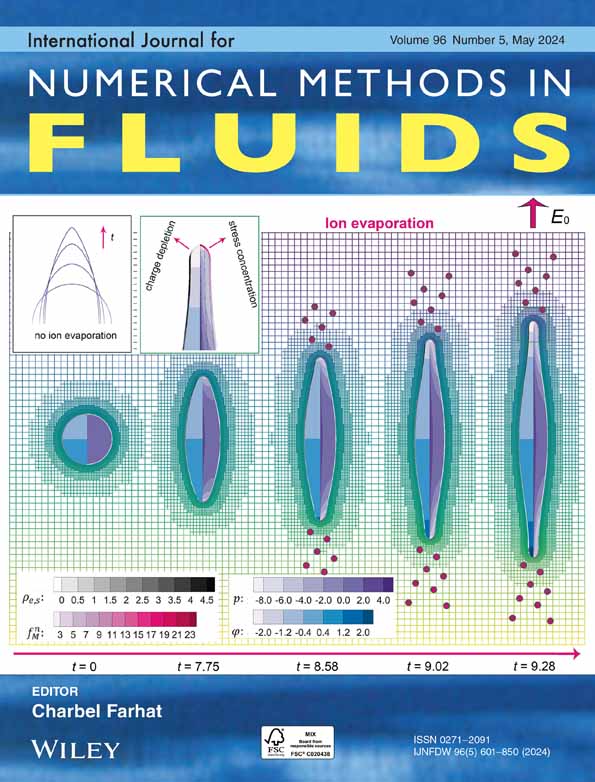A comparative investigation of a time-dependent mesh method and physics-informed neural networks to analyze the generalized Kolmogorov–Petrovsky–Piskunov equation
Abstract
The Kolmogorov–Petrovsky–Piskunov (KPP) partial differential equation (PDE) is solved in this article using the moving mesh finite difference technique (MMFDM) in conjunction with physics-informed neural networks (PINNs). We construct a time-dependent mesh to obtain approximate solutions for the KPP problem. The temporal derivative is discretized using a backward Euler, while the spatial derivatives are discretized using a central implicit difference scheme. Depending on the error measure, several moving mesh partial differential equations (MMPDEs) are employed along the arc-length and curvature mesh density functions (MDF). The proposed strategy has been suggested to yield remarkably precise and consistent results. To find the approximate solution, we additionally employ physics-informed neural networks (PINNs) to compare the outcomes of the adaptive moving mesh approach. It has been observed that solutions obtained using the moving mesh method (MMM) are sufficiently accurate, and the absolute error is also much lower than the PINNs.
CONFLICT OF INTEREST STATEMENT
The authors proclaim they have no conflicting agendas.
Open Research
DATA AVAILABILITY STATEMENT
The data that support the findings of this study are available from the corresponding author upon reasonable request. The article contains all relevant facts that back up the study's conclusions.




